Style Icons: Rubelli
Italian company Rubelli is celebrated for its luxurious, textural and colorful furnishing fabrics
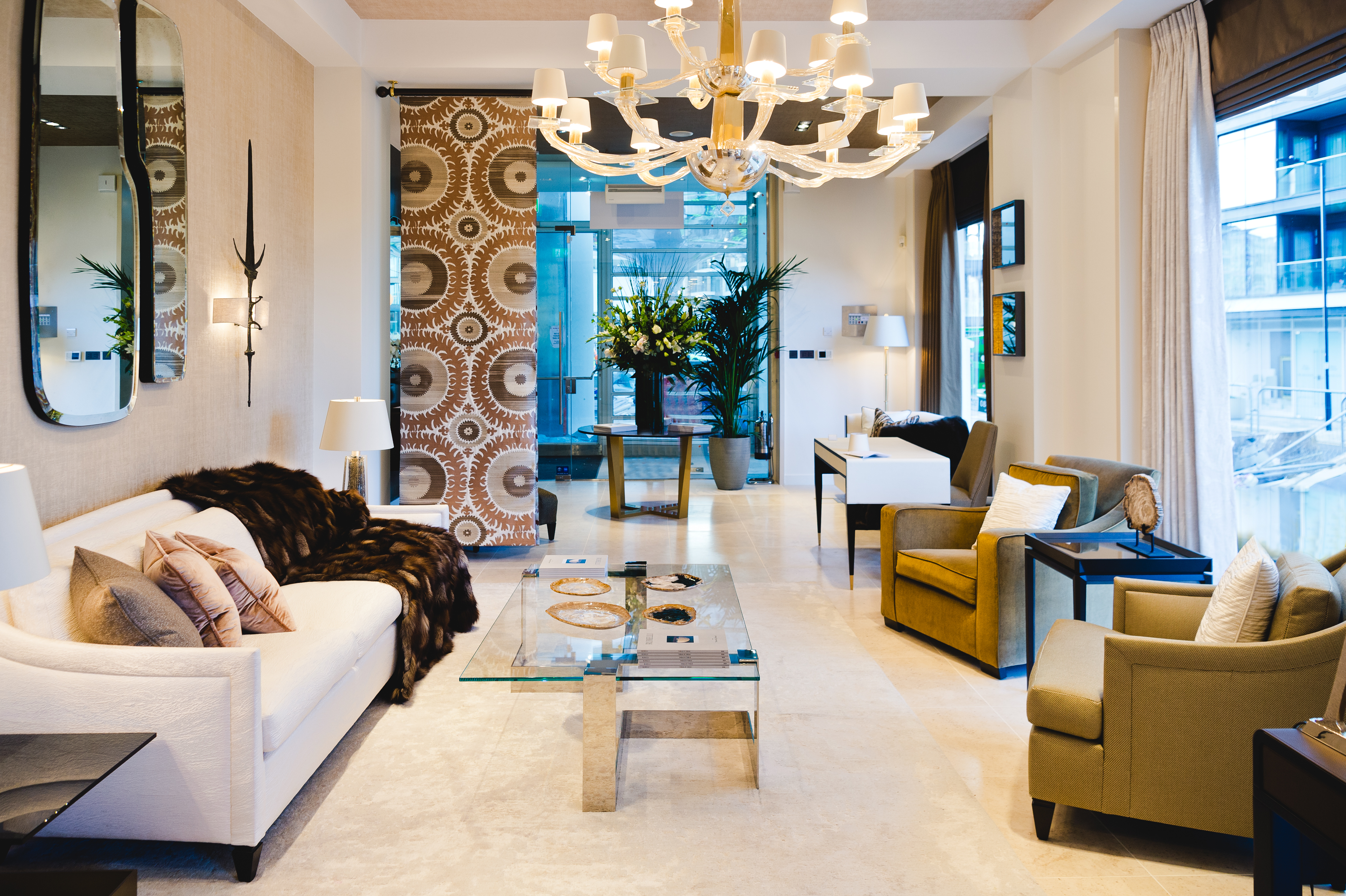

Rubelli is a family-run globally recognized Italian company known for its luxurious furnishing fabrics. They come in a range of rich colors and textures, and are the antidote to minimalist and homogenous decorating.
The company’s designs can be found around the world, and here we look at the beginnings of this interior design icon and what it creates today.
A family business
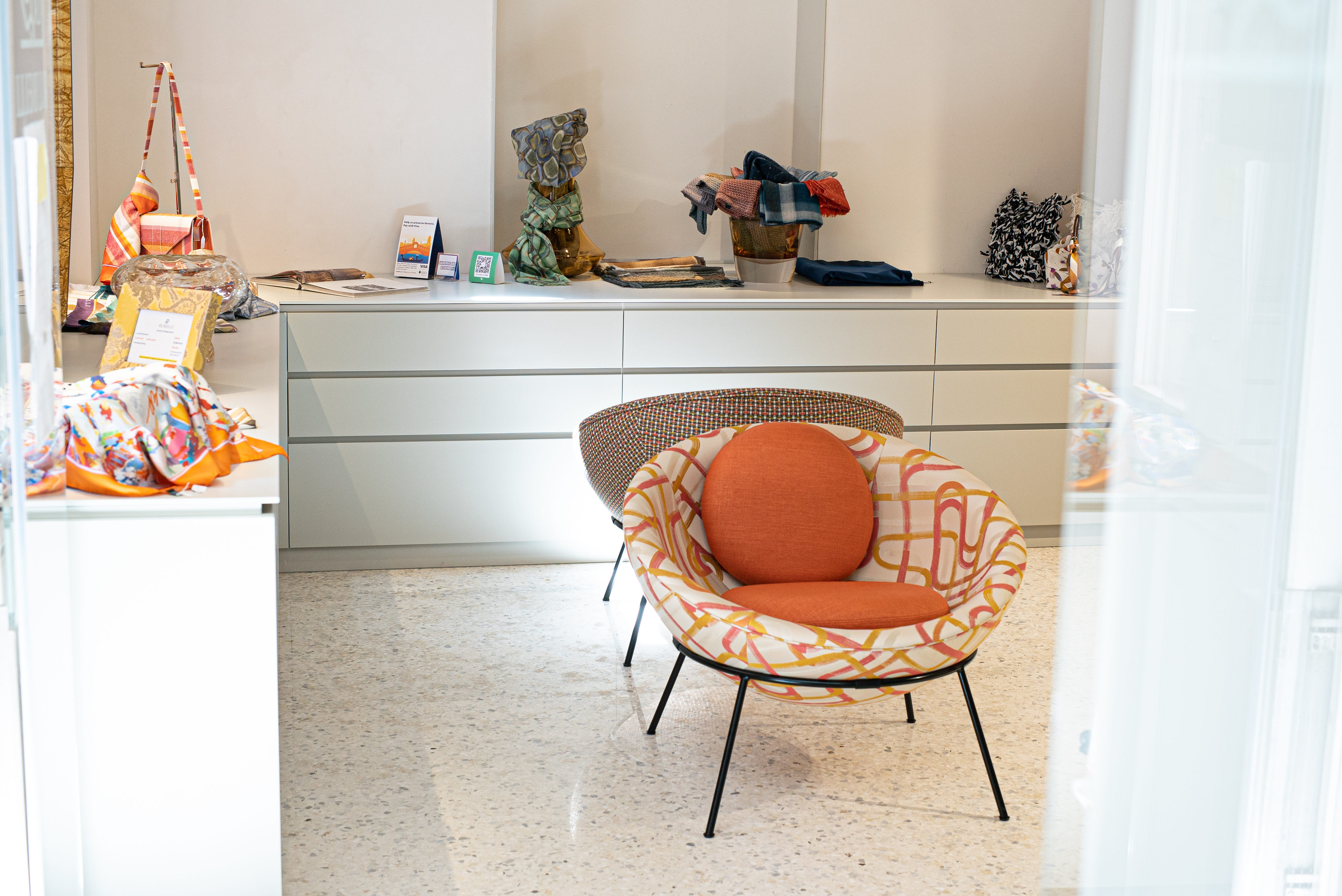
Interior decorators have a plethora of textiles to select from when building up a scheme. From cotton plains and wool checks to linens and bouclé, the choice is seemingly endless. However, when it comes to luxury silk, damask and velvet – fabrics that the eyes can ‘touch’ which add instant glamour and warmth to a room – there’s one house that many will turn to: Rubelli.
Rubelli has been designing and producing fine fabrics from Venice for over five generations. Steeped in history and unswervingly committed to design excellence, it is known worldwide for its silk velvets and damasks. Illustrating how they straddle the divide between tradition and modernity, their mill in Cucciago near Como is home to four late 18th century handlooms which are used to meet demand for sophisticated hand-made velvet. These sit alongside latest-generation electronic jacquard looms which produce fabrics with natural and synthetic fibres which are high-performing, flame-retardant and for indoor or outdoor use.
Rubelli has a strong presence in all key global markets and is found also in a number of showrooms across the USA from New York to Seattle. Today, a number of brands sit under Rubelli Group's portfolio, including Rubelli, Kieffer by Rubelli, Armani Casa Fabric Collection by Rubelli, and Rubelli Casa (furniture collection). Five generations later, what was started by Lorenzo Rubelli in 1889 is now a globally recognized luxury brand.

The early days
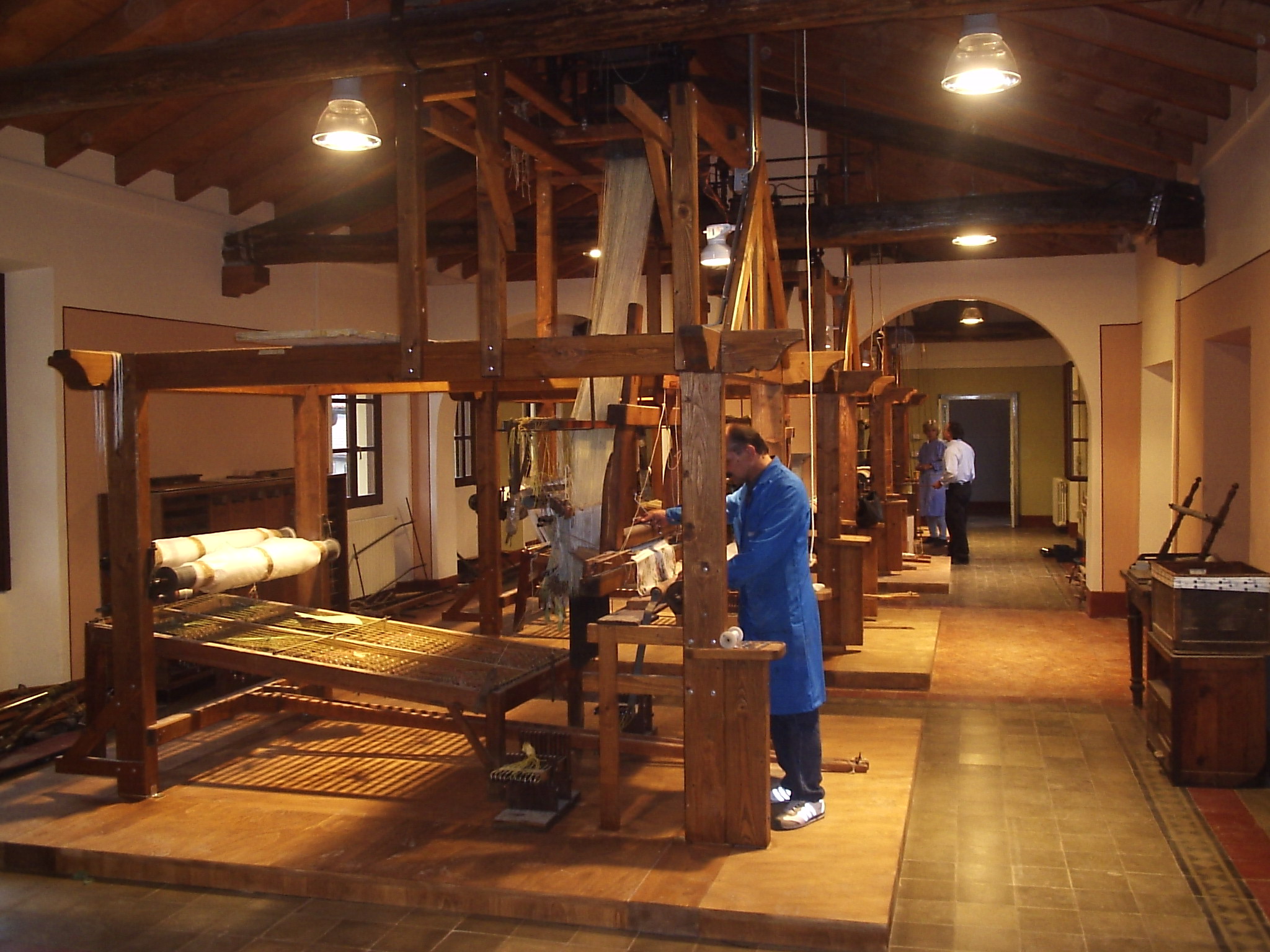
The loom room
The founder of the firm, Lorenzo Rubelli, was born in Venice in 1847. A scion of an ancient Venetian family, his ancestor Cesare Rubelli, at the beginning of 18th century, dyed the sails of the fleet of La Serenissima red—which may be where the name came from. Fast forward to the late 19th century and Lorenzo Rubelli picked up the thread again when he bought the weaving business of Giobatta Trapolin in 1889.
Venice has long specialized in luxury products, silk being among the most precious. The company, initially known as Trapolin Rubelli, renewed and reinterpreted antique fabrics including two-pile velvet, soprarizzo (a type of hand-woven velvet unique for its combination of cut and uncut pile), lampas (woven silk) and brocade. It was a supplier to the Royal House of Savoy, among other prestigious clients, moreover it took part in the international exhibitions.
The name of the company changed to Lorenzo Rubelli & Figlio, when Lorenzo’s son, Dante Zeno, joined in 1910. It was during this period that the company expanded. Rubelli opened its first shop outside of Venice in the via Tornabuoni in Florence in 1922. In the following years, the firm opened another shop in Rome and, later, in Milan.
In 1955 Alessandro Favaretto Rubelli took over from his grandfather, Dante Zeno, and started to put together a Rubelli collection, introducing a distinctive style that remains at the core of the brand today. By now, its hand-loomed velvet had established a reputation and was used by fashion designers including Roberta di Camerino. When Princess Grace of Monaco visited Rome in 1959, she carried a Roberta di Camerino handbag made from handwoven Rubelli soprarizzo velvets.
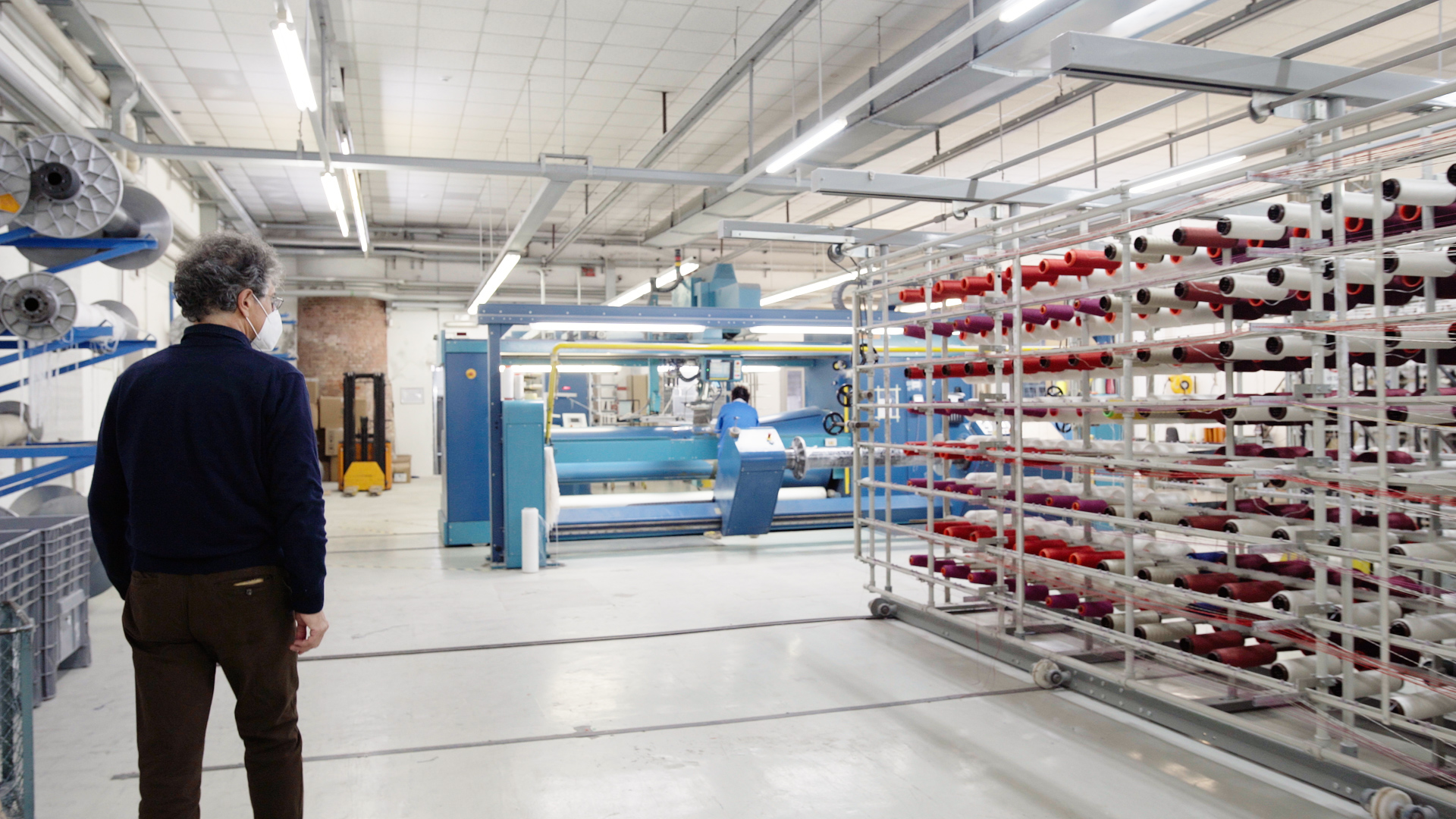
Alberto Pezzato in the mill
An international brand

From its headquarters in Venice, Rubelli started to build a reputation worldwide for the quality of its damask, silk and velvet. In 1976, Rubelli opened its first overseas showroom in Paris. In 2001 it took over the French company Dominique Kieffer and eight years later the Rubelli group signed a license with Giorgio Armani for the Armani Casa fabric collection by Rubelli. Later on Rubelli has expanded to offer furniture, wall coverings and acoustic panels.
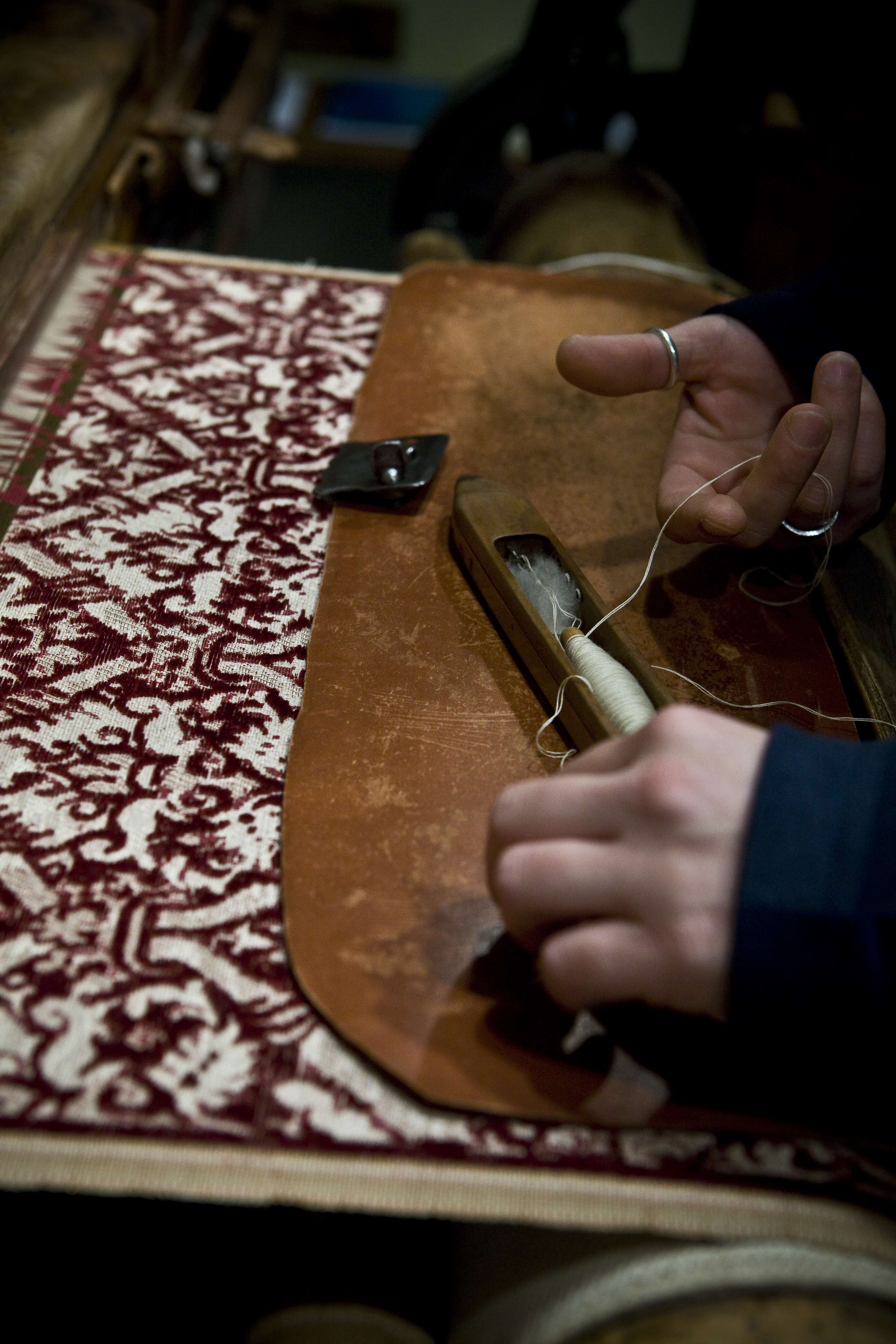
Velvet cutting
Living history
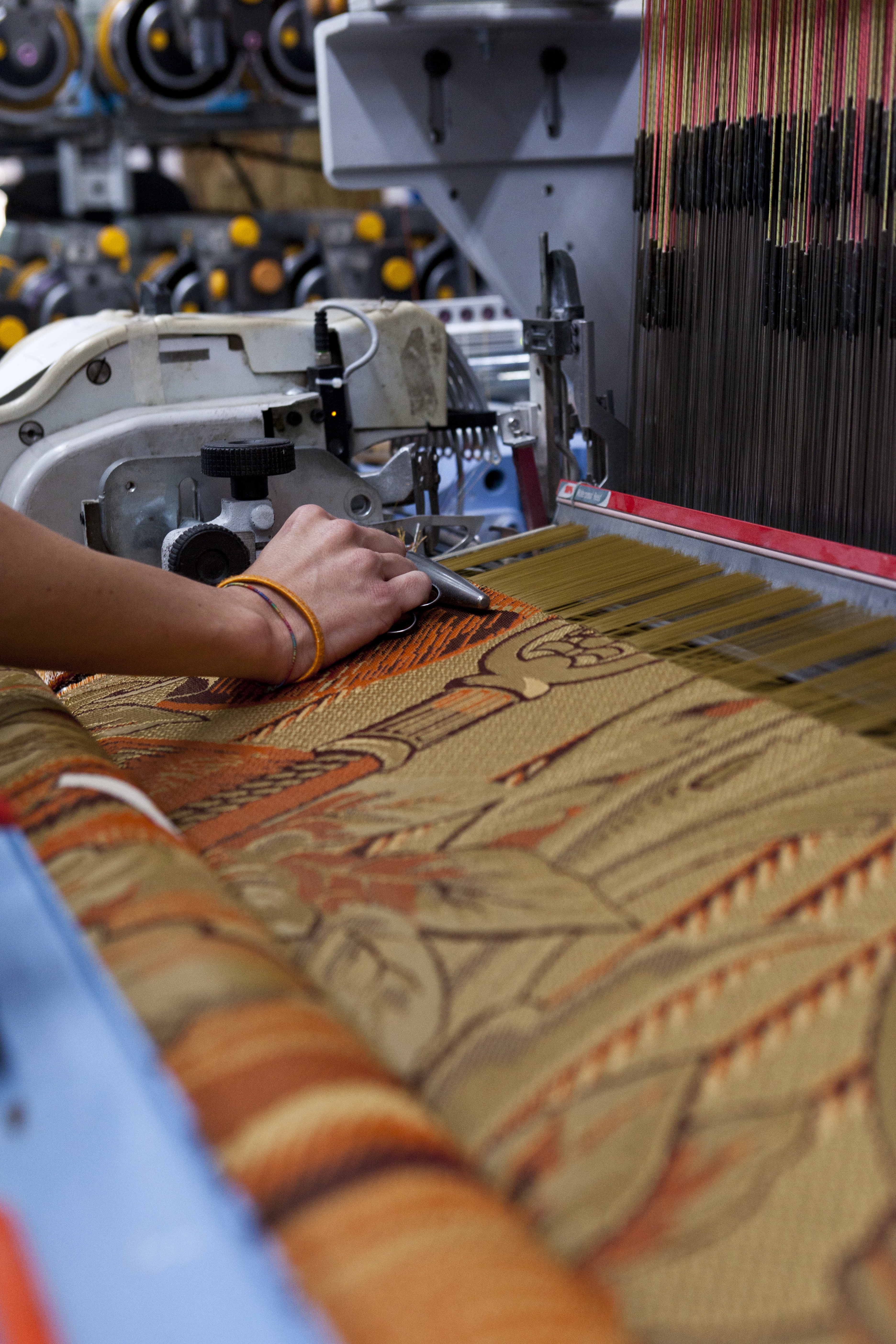
Alongside growing the brand, Rubelli has put its expertise to work by supporting the living heritage of Venice, and key buildings across Europe such as La Scala in Milan, the Albertina Museum in Vienna and the Bolshoi in Moscow. In 1996, when Venice’s La Fenice opera house was almost destroyed by fire, the company offered to help with the restoration, donating silk damasks and velvets for the auditorium. These were reproduced from remnants of the fabric that Rubelli had originally supplied to the opera house in the 1930s.
The company is still actively involved in the arts scene. Rubelli supplied fabrics for the Stephen Frears film Dangerous Liaisons and Sofia Coppola’s Marie Antoinette. In the Harry Potter movies, wizards are dressed in classic Rubelli cloaks, as well as characters of the American TV series Games of Thrones.
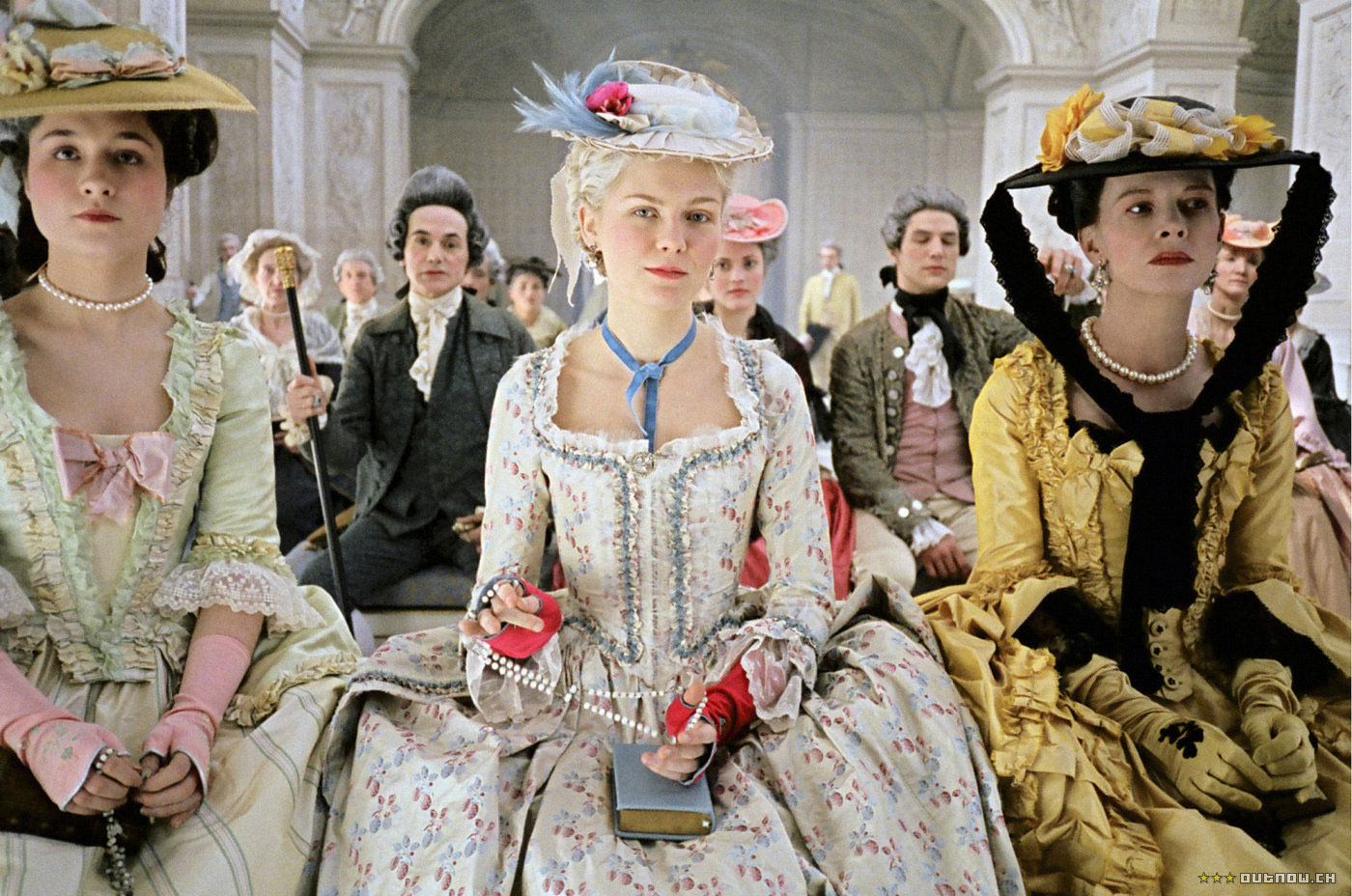
Rubelli designs in the film Marie Antoinette
Rubelli today
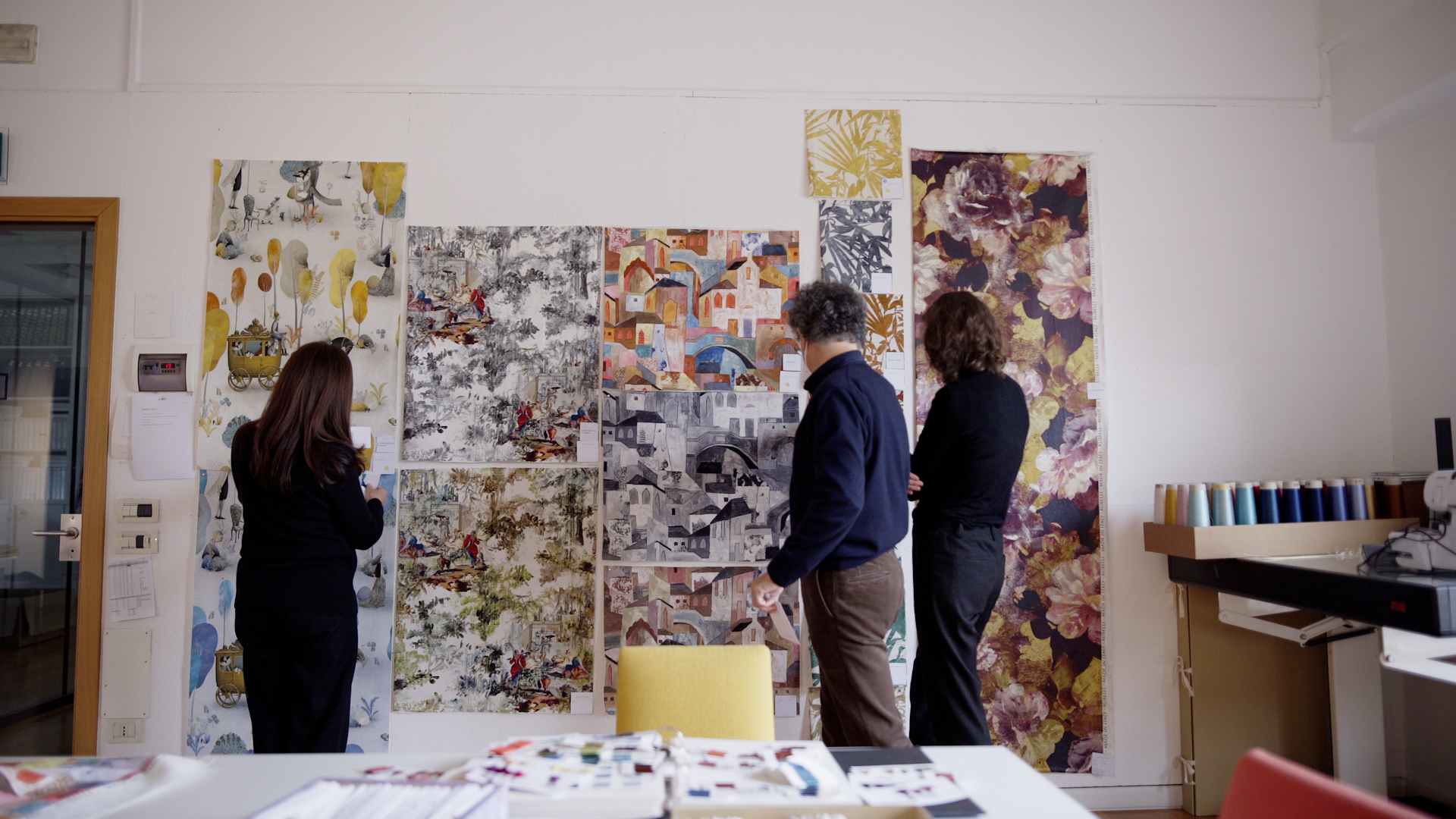
The Rubelli design studio
In 2015, the company ventured beyond the textile sector into furniture with Rubelli Casa to inspire customers with other ways to use fabrics. Since then, they have signed co-marketing agreements with different companies including Santoni, to produce footwear and bags, and established joint projects with emerging artists.
While the flagship store is in Milan, the beating heart of Rubelli, including the sales showroom and the Rubelli Foundation (hosting the historical archive) are all housed in Ca' Pisani Rubelli in Venice, a 15th-century palazzo belonging to the Rubelli family. Most of the fabrics are made in Cucciago, Lake Como.
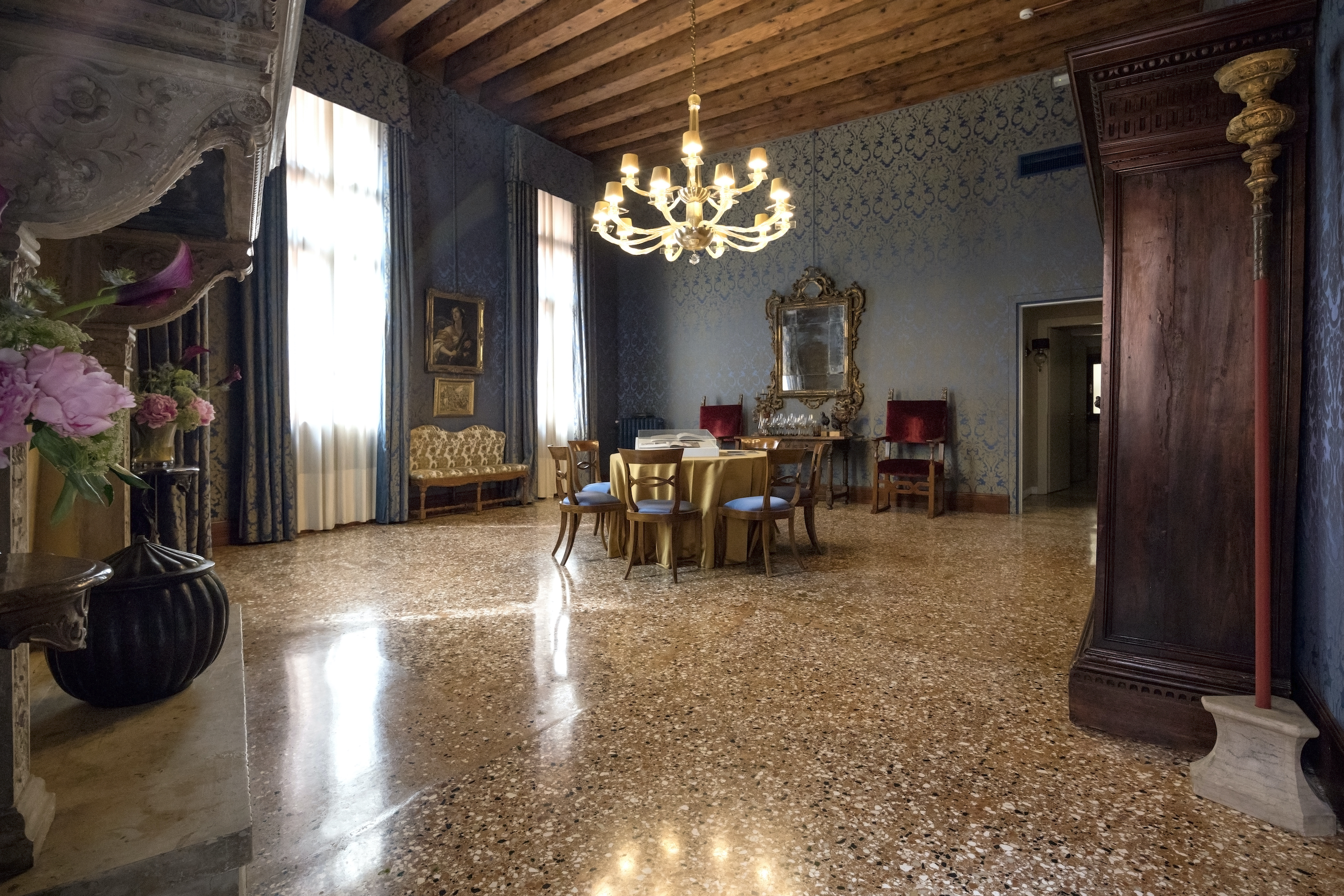
Rubelli Venice showroom
Sign up to the Homes & Gardens newsletter
Design expertise in your inbox – from inspiring decorating ideas and beautiful celebrity homes to practical gardening advice and shopping round-ups.

Arabella is a freelance journalist writing for national newspapers, magazines and websites including Homes & Gardens, Country Life, The Telegraph and The Times. For many years she has specialized in writing about property and interiors, but she began her career in the early 2000s working on the newly launched Country Life website, covering anything from competitions to find the nation’s prettiest vicarage to the plight of rural post offices.
-
 How to clean a patio – 6 different methods, and when you must use a chemical cleaning agent
How to clean a patio – 6 different methods, and when you must use a chemical cleaning agentFrom manual scrubbing, natural solutions or calling in the pros, industry experts reveal the benefits and considerations of each method
By Andy van Terheyden Published
-
 Kris Jenner's favorite air fryer, the Ninja Crispi, is the perfect small kitchen solution – it deserves a place on the most compact of countertops
Kris Jenner's favorite air fryer, the Ninja Crispi, is the perfect small kitchen solution – it deserves a place on the most compact of countertopsKris approves of this compact yet powerful air fryer, and so do our own kitchen appliance experts, praising it for its multifunctionality
By Hannah Ziegler Published
-
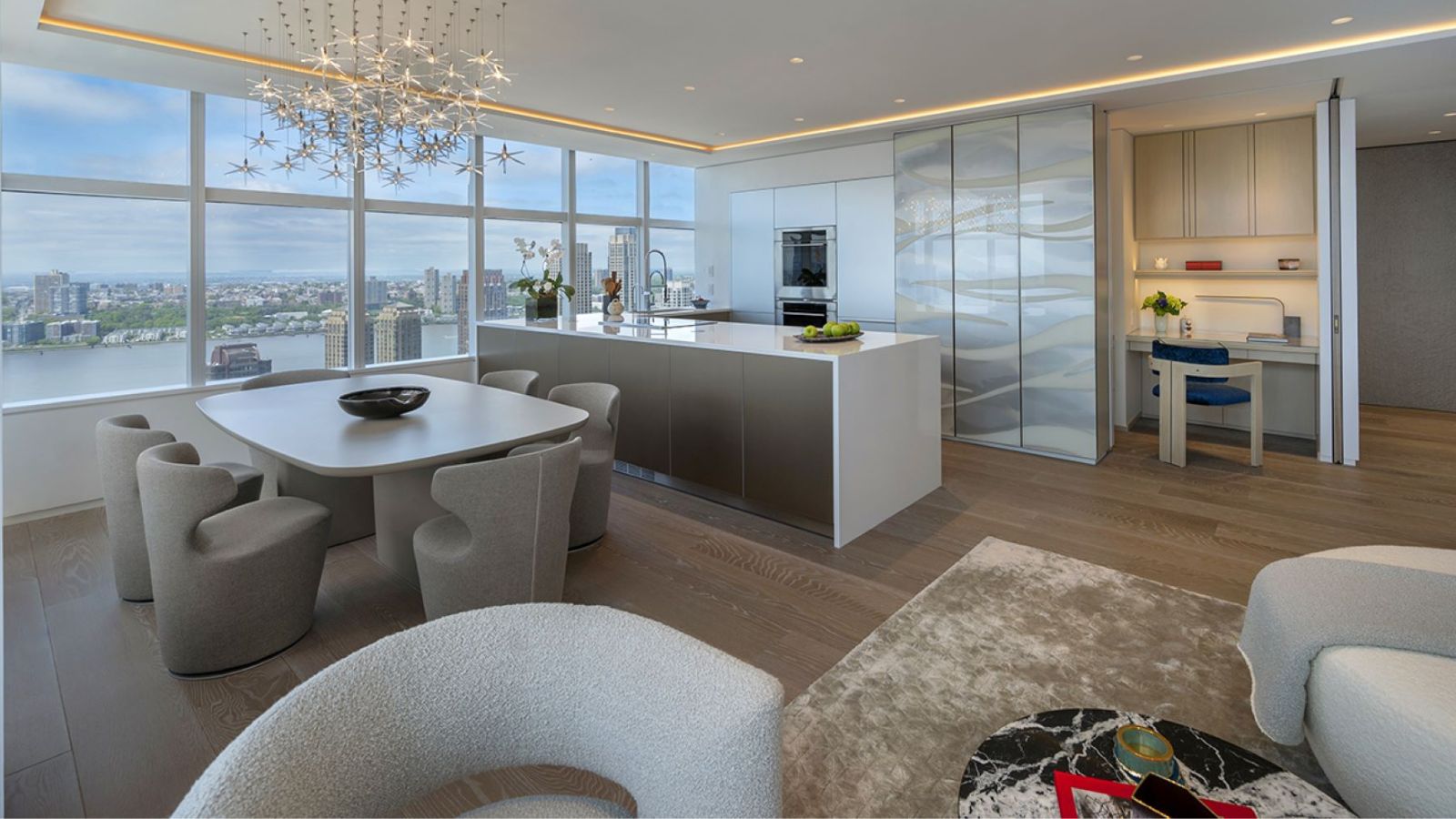 Designer Profile: Philip J. Consalvo
Designer Profile: Philip J. ConsalvoWe speak to the NYC-based architect and designer about his career, past, present and future
By Lucy Searle Published
-
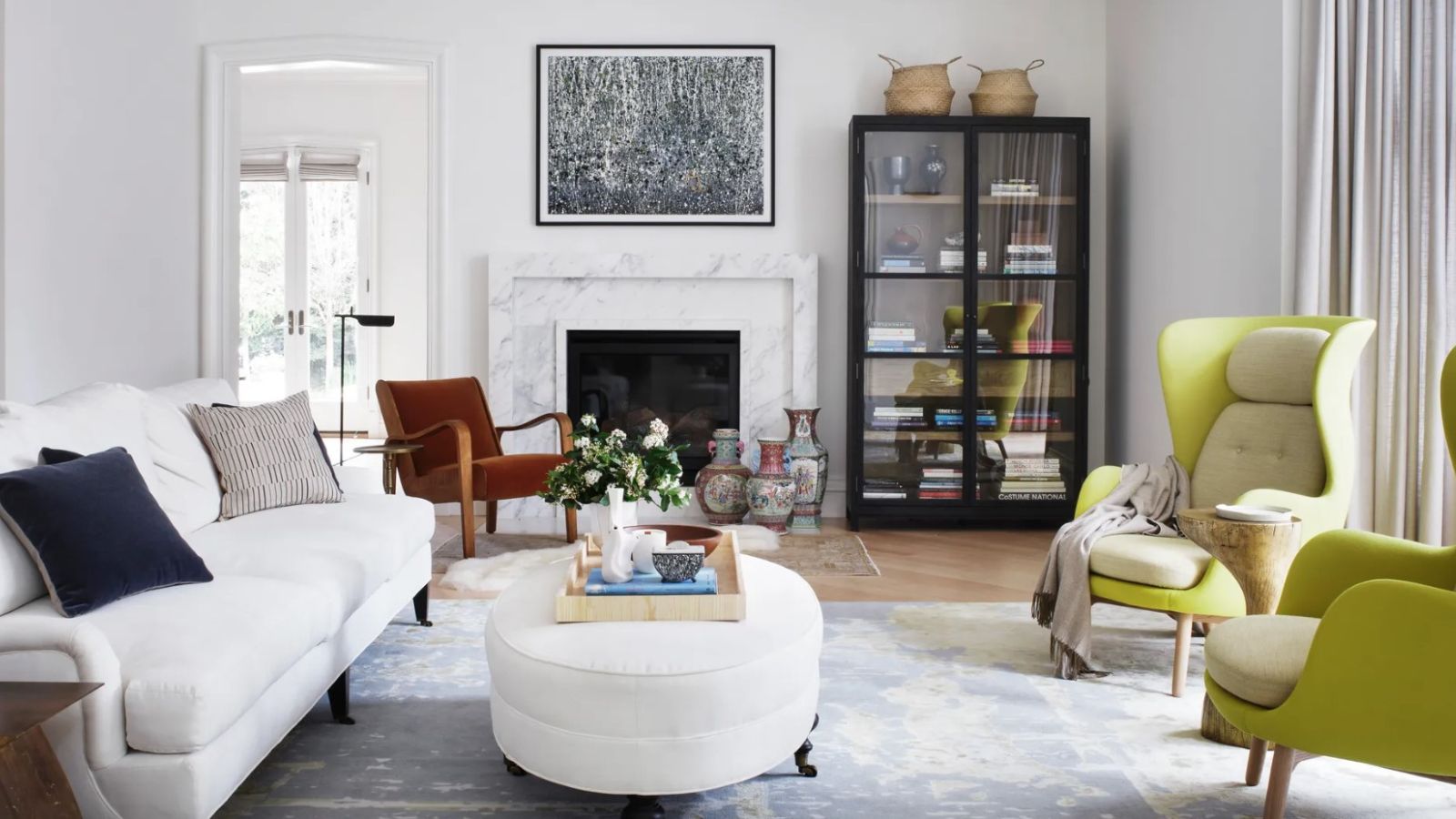 Designer Profile: Christine Lin
Designer Profile: Christine LinWe speak to the San Francisco-based interior design principal about her work, inspirations and projects
By Lucy Searle Published
-
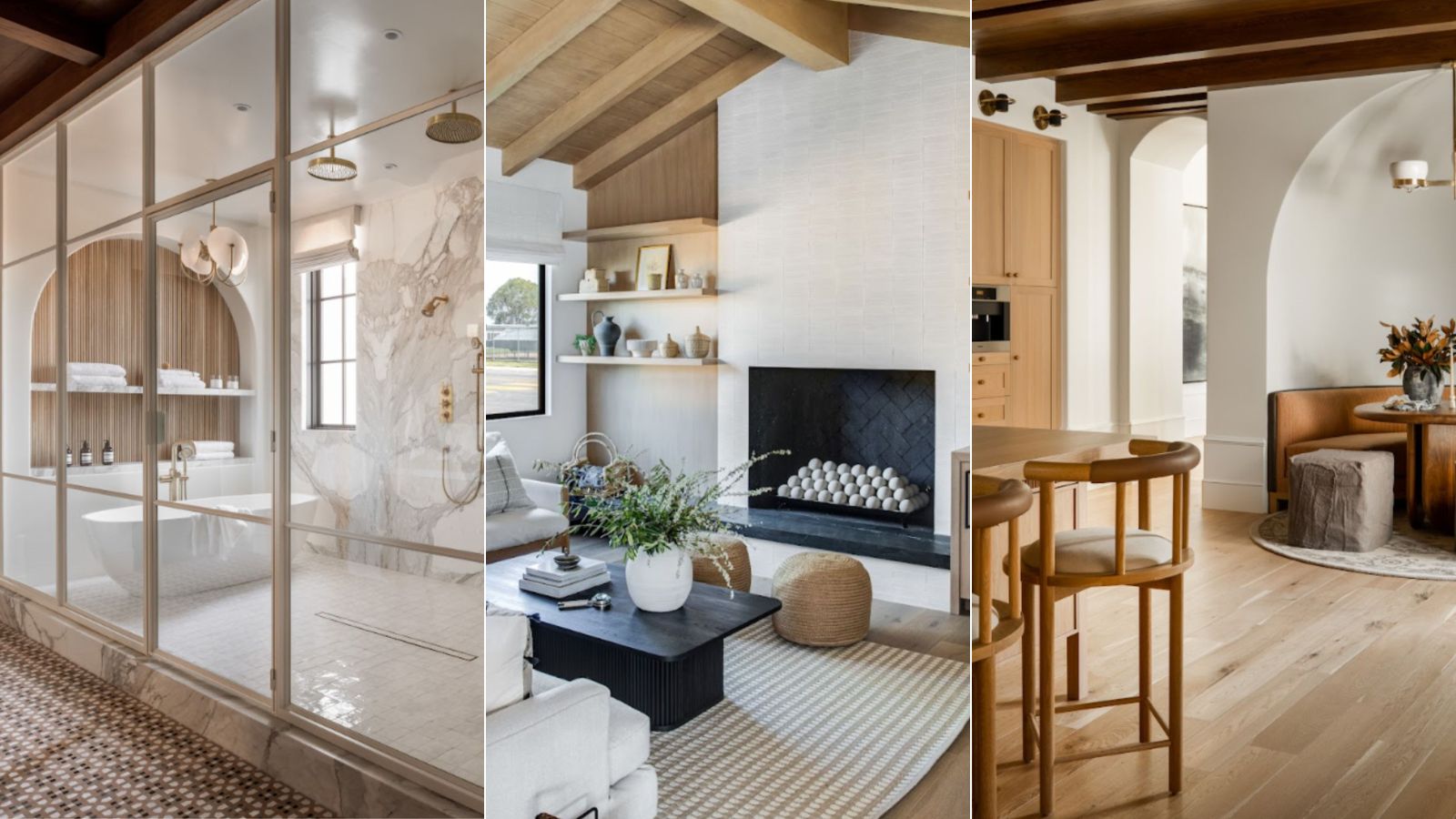 Designer Profile: Lindye Galloway
Designer Profile: Lindye GallowayLindye Galloway is the Founder and Chief Creative Officer of Lindye Galloway Studio + Shop, a full-service interior design firm and online shop based in Orange County, California
By Lola Houlton Published
-
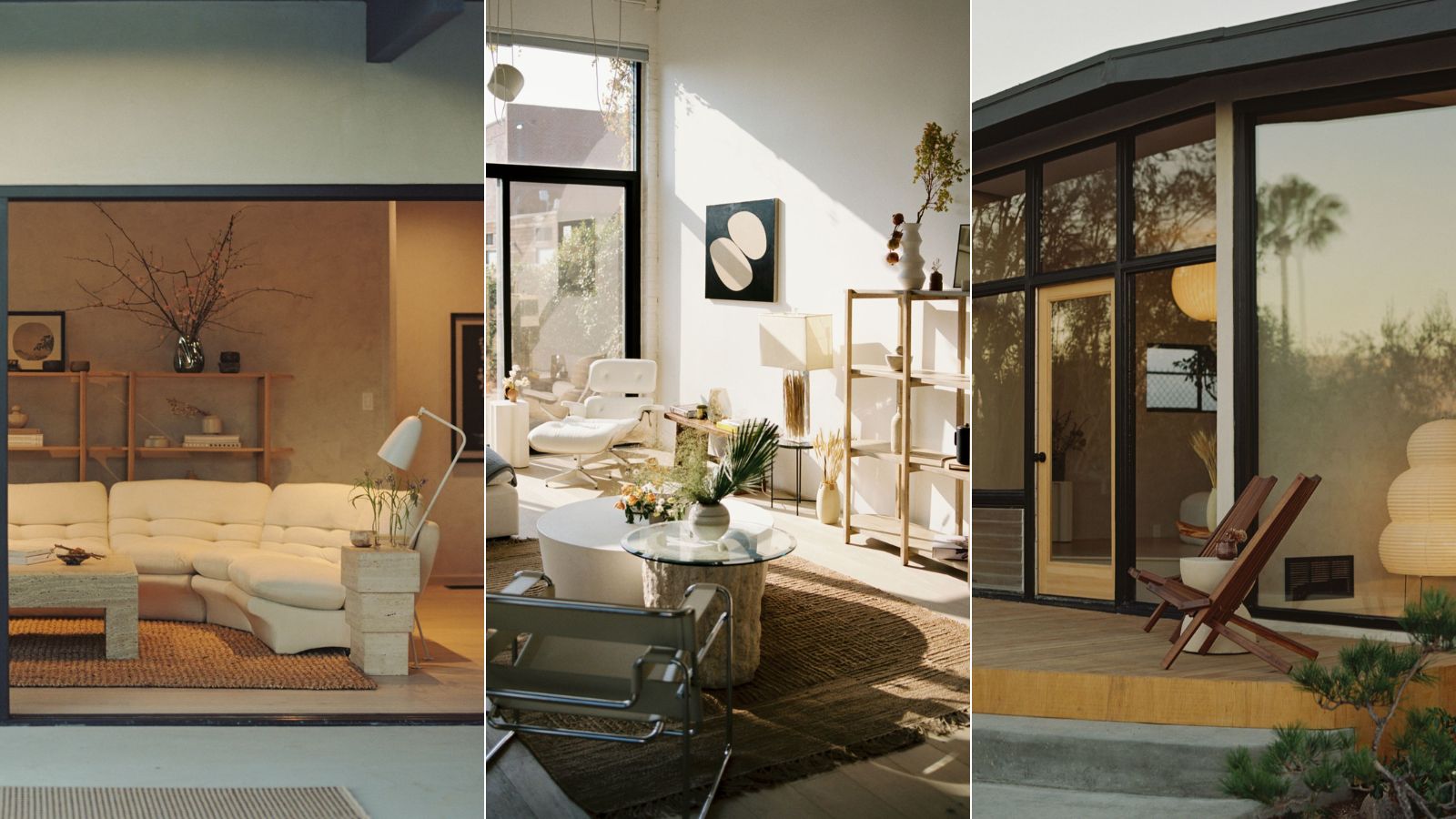 Designer Profile: Amanda Gunawan
Designer Profile: Amanda GunawanWe look at the career and work, past, present and future, of interior designer LA-based Amanda Gunawan of OWIU Design & OWIU Goods
By Lola Houlton Published
-
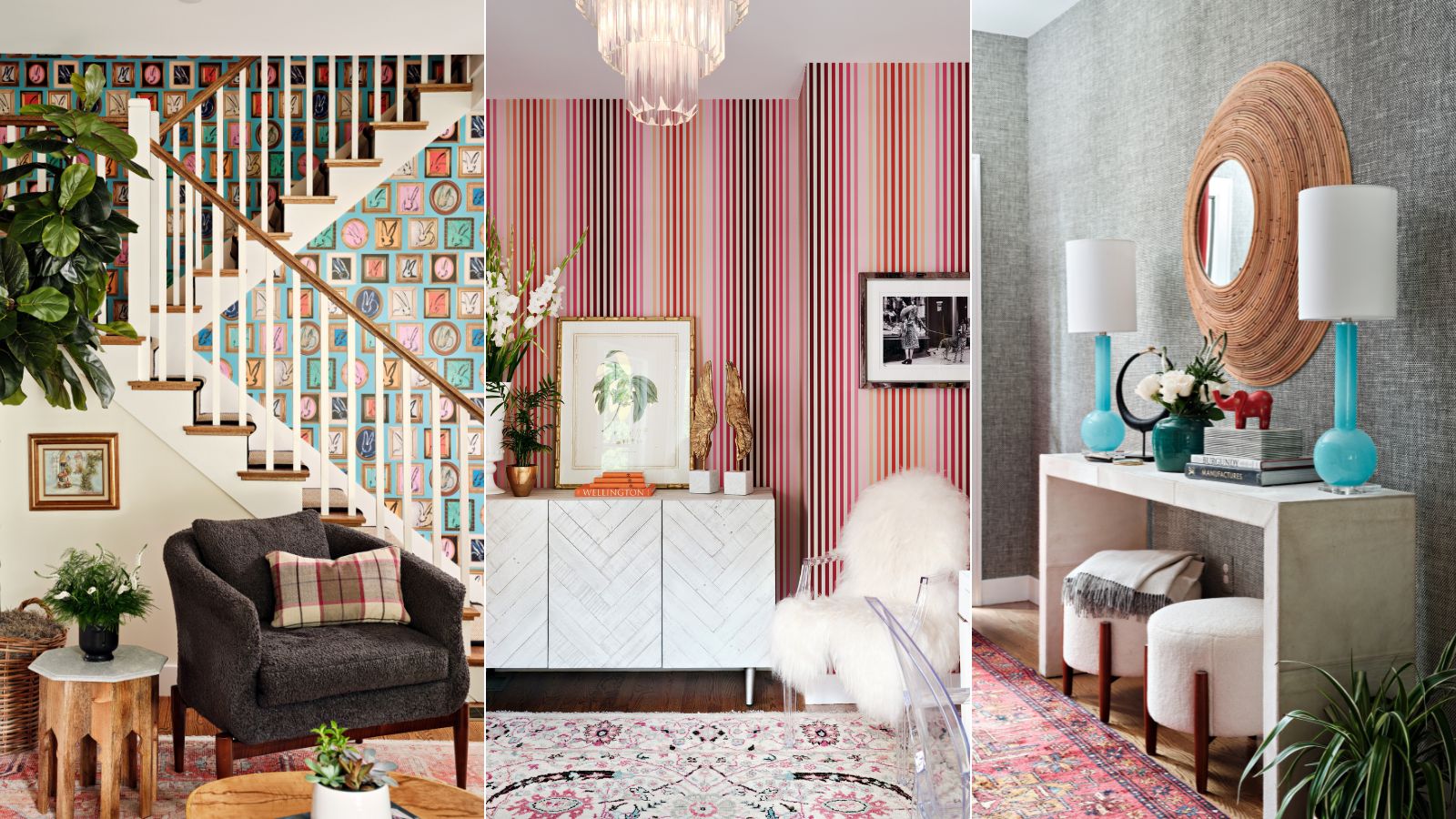 Designer Profile: Robin Gannon
Designer Profile: Robin GannonThe Boston-based interior designer offers full service in a style driven by the client. But what drives her? We find out
By Lucy Searle Published
-
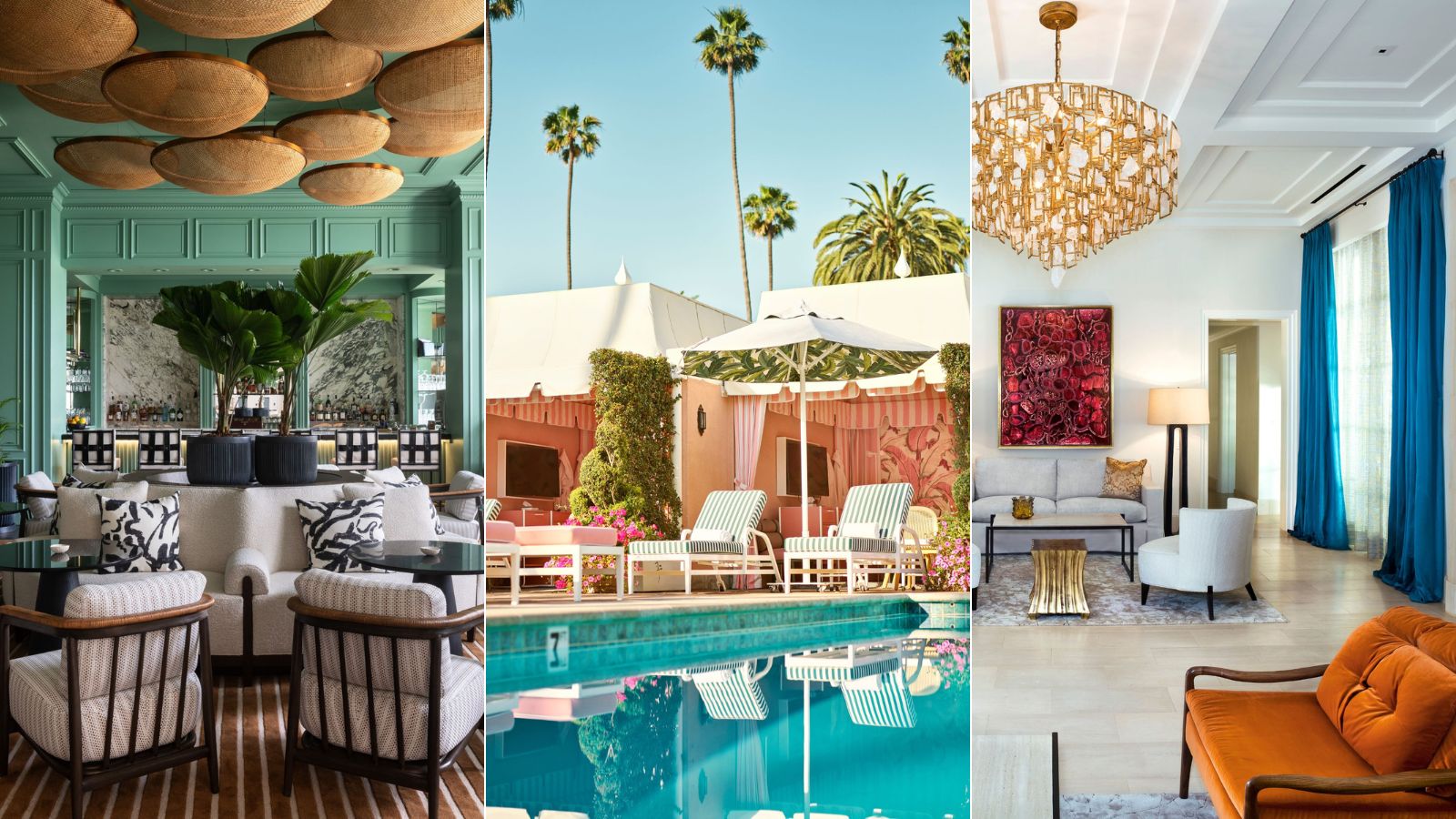 Designer Profile: Courtney Brannan
Designer Profile: Courtney BrannanPrincipal at Champalimaud, the designer has worked on Ritz-Carlton, Grand Cayman, the St. Regis Jakarta, Hotel Bel-Air in Los Angeles, California, and the Beverly Hills Hotel
By Lucy Searle Published
-
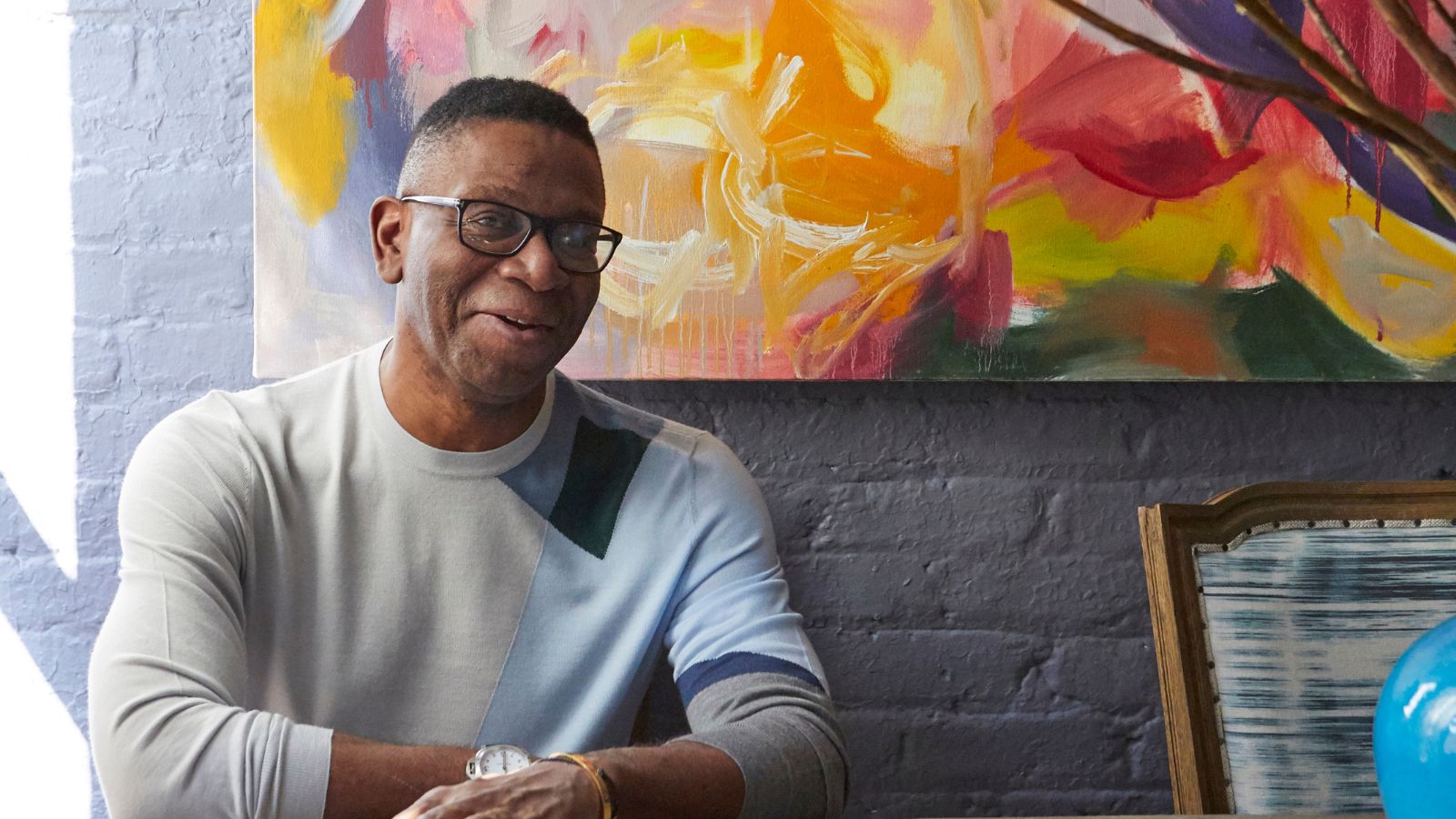 Designer Profile: Rayman Boozer
Designer Profile: Rayman BoozerThe Apartment 48 founder and interior designer talks to us about his career and the importance of collaboration in interior design
By Lucy Searle Published
-
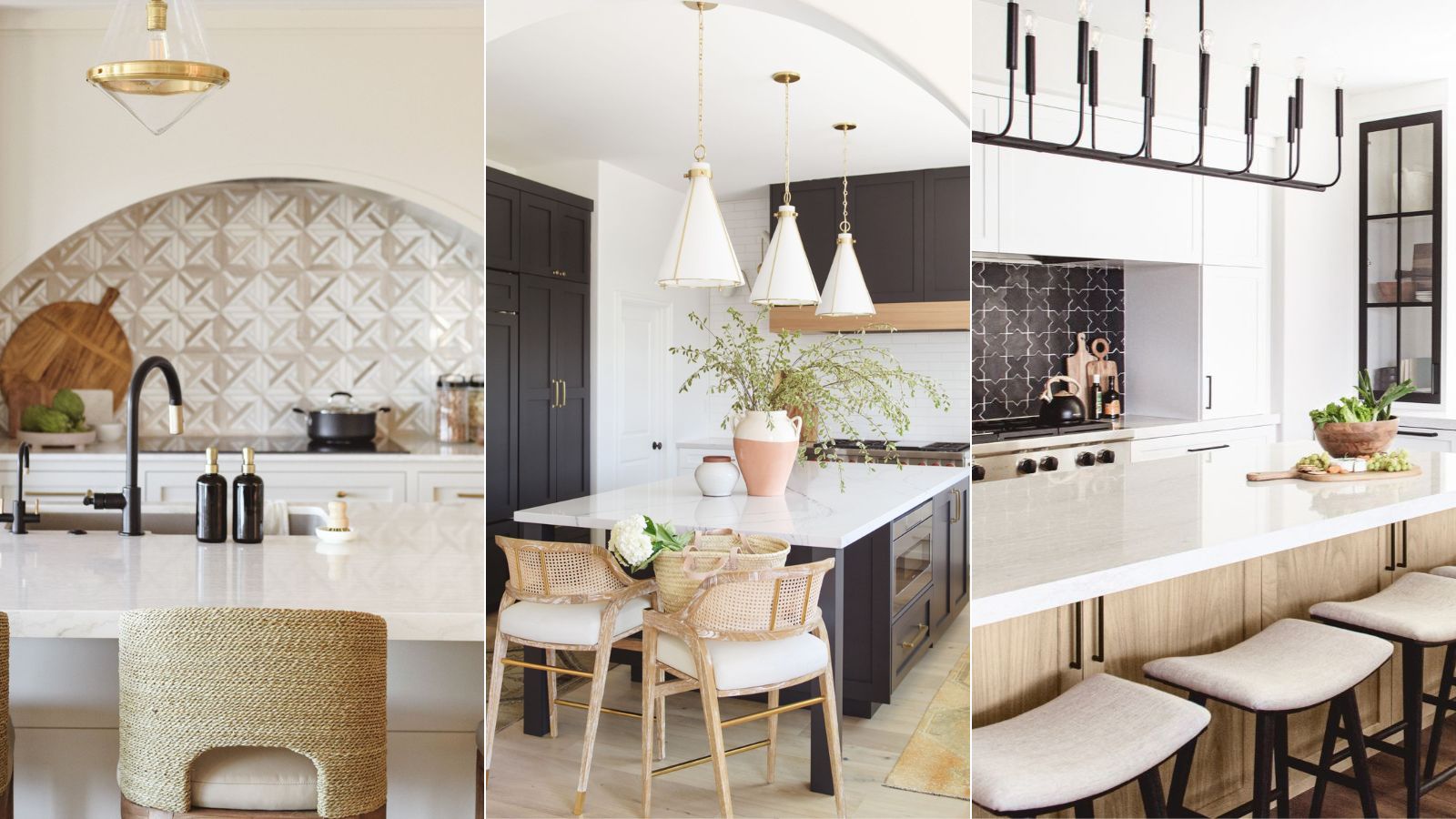 Designer Profile: Susan Wintersteen
Designer Profile: Susan WintersteenSan Diego-based design build firm Savvy Interiors creates happy homes for children facing a medical crisis through Savvy Giving By Design
By Lola Houlton Published